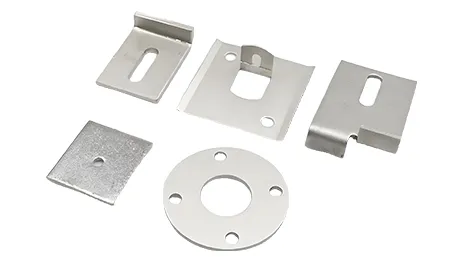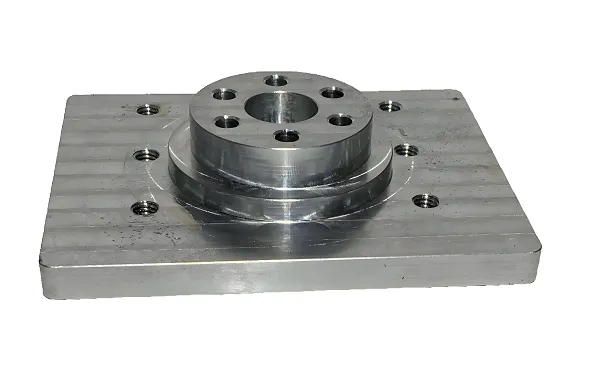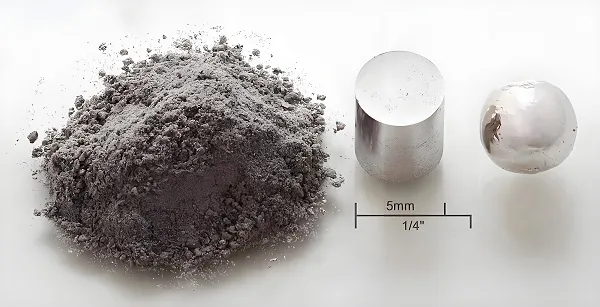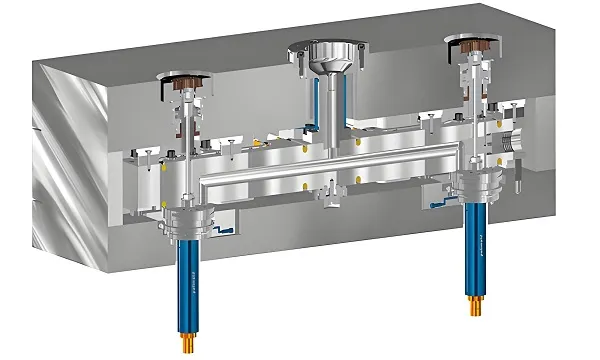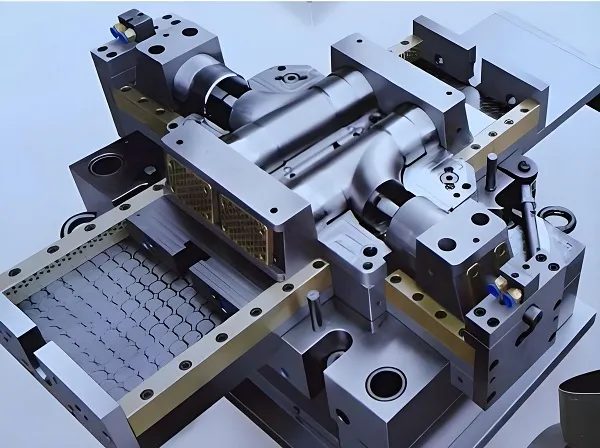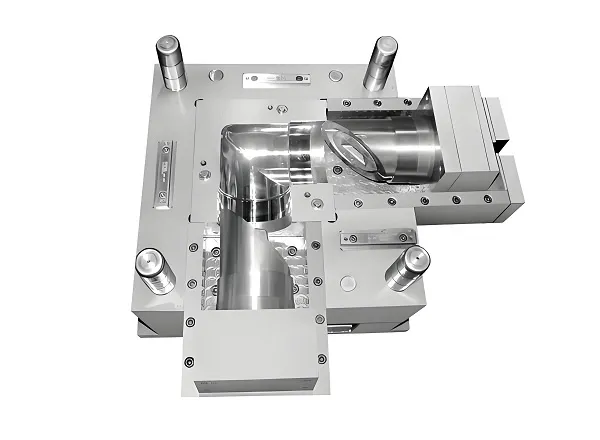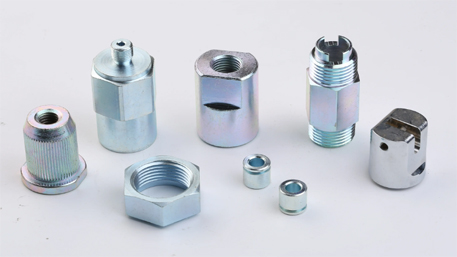
1. DNA of Precision: From Punched Cards to AI-Driven Machining
The CNC revolution began in 1952 with MIT’s servomotor-controlled milling machine, but its true breakthrough came with microprocessor integration in 1974. Modern 5-axis CNC systems achieve positioning accuracy of ±0.001mm, surpassing human manual operation by 300x. Key milestones:
- 1st Gen (1952-59): Vacuum tube systems, 8-bit processing
- 3rd Gen (1965): Integrated circuits enabled 0.01mm precision
- 5th Gen (1974+): μProcessors boosted processing speed to 20MIPS
2. Architectural Breakthroughs in CNC Systems
Contemporary CNC machines combine:
- Core Components:
- Linear guides with 0.0001° angular stiffness
- Spindles reaching 50,000 RPM (ceramic bearings)
- IoT-enabled controllers processing 2GB/min operational data
- Software Stack:
- CAM systems generating 1M+ toolpath variations/hour
- Adaptive control algorithms reducing tool wear by 27%
3. Programming Paradigm Shift
From G-code manual input to:
- Cloud-Based Solutions: Xometry’s platform auto-optimizes feed rates using 12M+ historical machining datasets
- Generative AI: Protolabs’ algorithms reduce programming time by 65% through predictive toolpath generation
- AR Verification: RapidDirect’s virtual debug system cuts trial-run errors by 89%
4. Material Science Convergence
CNC now processes:
| Material | Max Hardness (HRC) | Optimal Chip Load (mm/tooth) |
|---|---|---|
| Ti-6Al-4V |

